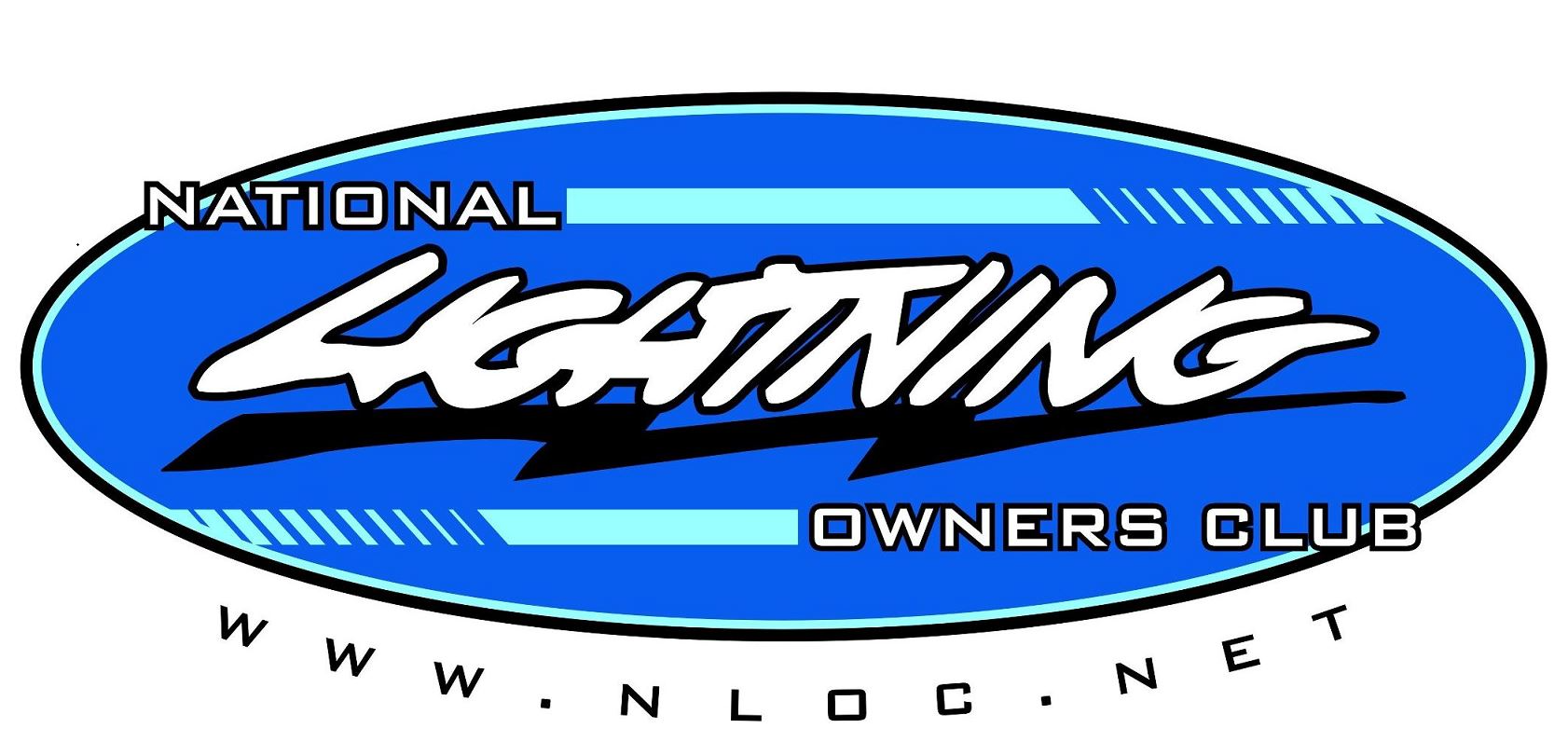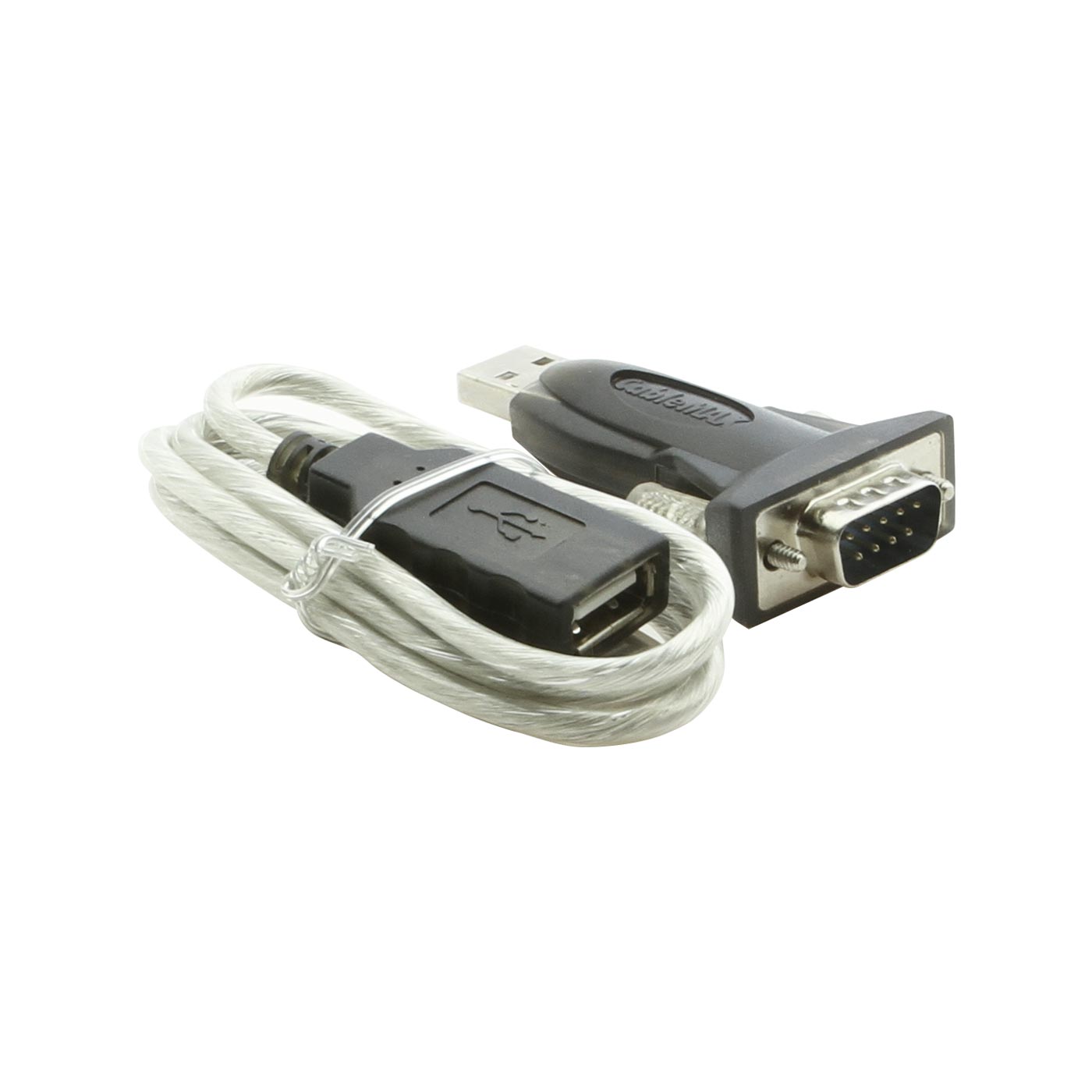@Raymond_B and @Jamie V sobbed on your examples above do you recommend turning on the authority table on say first start/tuning of a boosted application, or waiting for Autotune to have a crack at it first, then turning on the authority tables to further fine tune? Next time I start my truck it will be boosted, so trying to figure out how I need to go about it. I already have a decent N/A tune over the last 2 years, but everything above 100kpa is still just Stinger base tune parameters. I'll only be running 2-4psi for the first drives until I get the tune a bit more figured out at first.
I believe it’s off by default, but in any case I would leave it be and let the EGO control adjust by a flat % until you feel more comfortable turning on what I call an advanced setting. FYI it’s always been off on mine.


